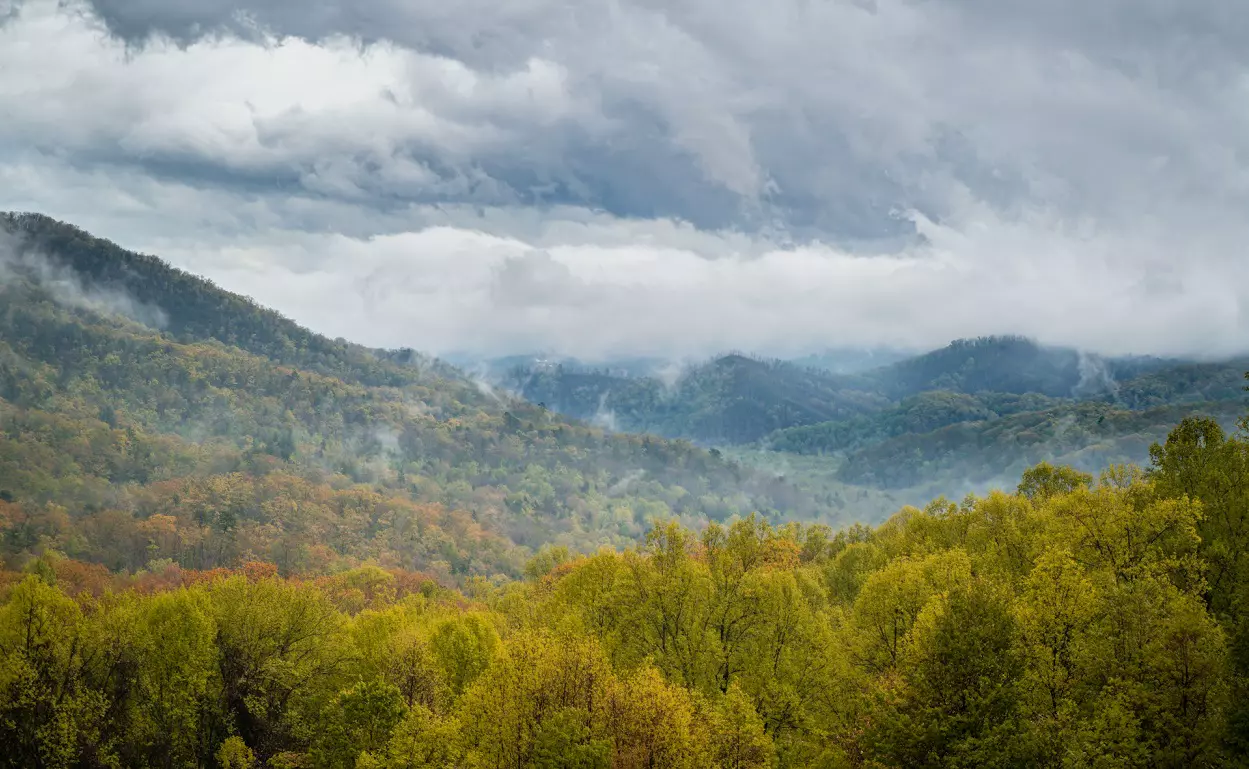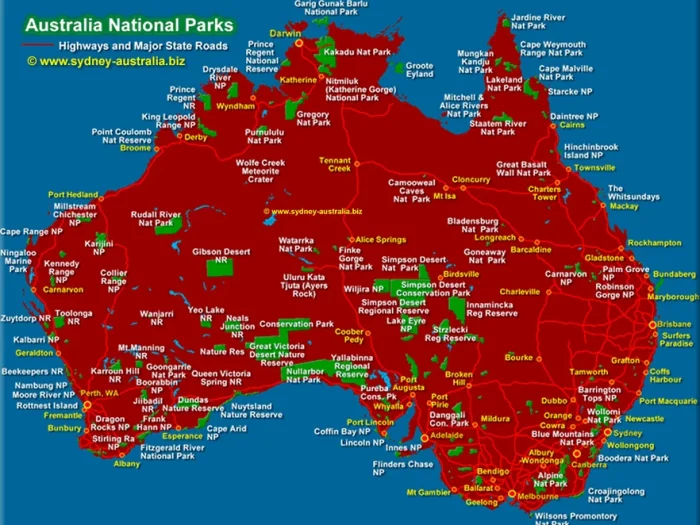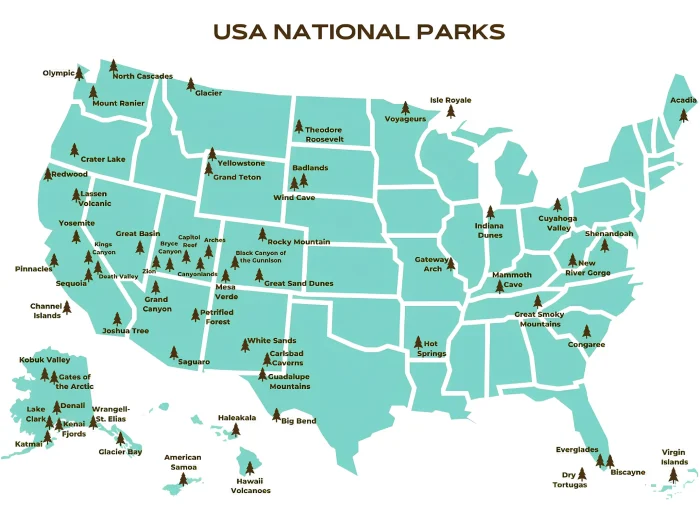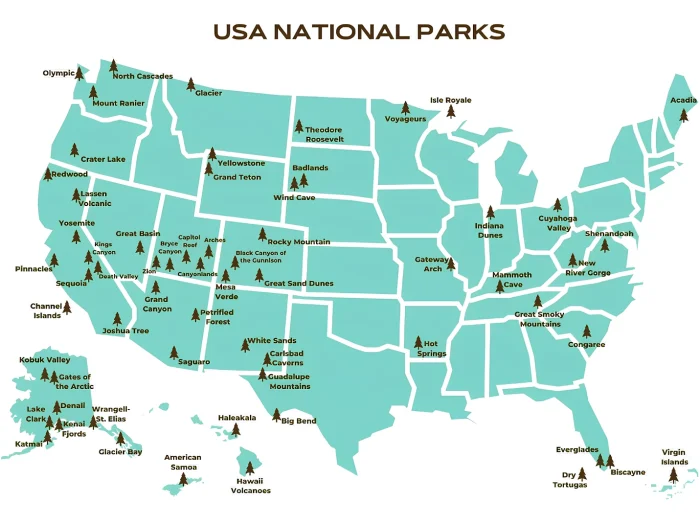Digital Nomad’s Guide to National Parks: Working Remotely in Nature’s Office
For digital nomads who do all their work on a laptop, it can get tiring staring at a screen all day. Even the usual coffee shop, where people tend to go for remote work, can become monotonous pretty quickly.
But imagine working while being surrounded by nature and greenery. Imagine working remotely with the Earth’s most scenic views as your backdrop.
After all, if you’re a digital nomad, you’re likely traveling to experience the world… so why wouldn’t you visit a city’s national park?
In this article, we’ll show you how and why you should work at national parks—and the best national parks in the US for remote work.

Why Work From a National Park?
Well, why not?
Nature can recharge and energize you—both mentally and physically—in ways that the hustle and bustle of urban life can’t. It also provides a sense of groundedness and calm.
The fresh air, scenic views, and sense of adventure are all powerful antidotes to the stress of a typical work environment. These spaces foster creativity, reduce stress, and boost productivity, allowing you to make the most of your day.
For example, Japan is promoting its national parks as natural workplaces, following a global trend fueled by the remote work boom after the COVID-19 pandemic.
How to Prepare for Remote Work at a National Park
Like anything else, working from a national park comes with unique challenges: patchy internet, limited power sources, and unpredictable weather, among others.
However, with the right preparation and expectations, it can be incredibly rewarding. Here are a few things to keep in mind:
Choose Your Destination Wisely
First, decide which parks you want to work in (see below for a shortlist of the best national parks for remote work!).
Then, scout potential workspaces such as picnic tables, campgrounds (some even have Wi-Fi), and visitor centers.
Parks with infrastructure and connectivity—like Yellowstone and the Grand Canyon, which have Wi-Fi at visitor centers—can be conducive to remote work. However, other parks may have little to no internet access.
So, while some parks are great for remote work, others are better suited for recreation. Of course, you can always trade a desk for a log or a meadow—that’s an experience in itself!
Prepare for the Weather
Bring snow gear if it’s cold, plenty of water if it’s hot, and any other essentials based on the park’s climate.
However, many parks experience sudden and drastic weather changes. Always carry an umbrella at the very least—you wouldn’t want your laptop to get ruined, would you?
Get Your Tech Ready
While some parks have Wi-Fi, it can be spotty at times. Charging outlets may also be scarce.
So, bring everything you need for work:
- Power banks or portable solar chargers
- Mobile hotspots or satellite internet devices
- Noise-canceling earphones
- Cameras and tripods
- Laptop stands
It’s also quite dangerous to use public Wi-Fi (because the Wi-Fi owners can technically see everything you do with their internet). So be sure to have VPN America servers ready for use.
Additionally, download offline materials to work on in case the Wi-Fi or cell signal is unreliable (which it often is).
National Parks Perfect for Remote Work
The US has an astounding 429 national parks! Here are some of the best ones for remote work:
Great Smoky Mountains National Park
Located in Tennessee, this park offers several spots with Wi-Fi and reliable cell signal—all while surrounding you with breathtaking mountain and waterfall views. It also boasts remarkable biodiversity.
Yosemite National Park
A favorite among digital nomads, Yosemite has lodges and visitor centers with Wi-Fi. Plus, the towering granite cliffs provide a truly inspiring workspace.
Zion National Park
Zion’s dramatic canyons and cliffs are complemented by areas with solid cell coverage. Tip: Set up your workspace near the Virgin River!
Rocky Mountain National Park
Even up in the mountains, there’s good connectivity! The crisp, fresh air is also incredibly refreshing.
Balancing Work and Recreation
But do you really want to spend all your time staring at your laptop screen when you’re surrounded by nature’s most majestic views?
One of the greatest joys of working in a national park is the seamless transition between work and play. Here’s how to make the most of both worlds:
Set a Schedule
Many parks offer guided tours, so structure your workday around these activities. For example, work indoors during peak heat hours and explore the trails in the early morning or late afternoon.
Take Micro-Adventures
Use breaks to soak in your surroundings. A quick hike, a few minutes of birdwatching, or a stroll by the river can refresh your mind and enhance your focus when you return to work.
Practice Mindful Work
The serenity of a national park is perfect for deep, focused work. Take advantage of the peaceful environment to tackle challenging projects without urban distractions. Let nature’s calmness guide your productivity!
Environmental Responsibility: Leave No Trace
Remember, working in a national park is a privilege!
National parks are pristine because people make great efforts to keep them that way. Always practice Leave No Trace principles:
Dispose of Waste Properly
Pack out all your trash, including electronic waste like old batteries. Many parks have recycling programs—use them whenever possible.
Respect Wildlife
Keep a safe distance from animals, and never feed them. Human interaction can disrupt their natural behaviors—or even put your safety at risk.
Limit Energy Use
It’s not ideal to keep your laptop plugged in all day at a national park. Use solar chargers and power banks when possible (it’s also a great excuse to work out in the open!).
Final Thoughts
For digital nomads, national parks offer the perfect blend of work and adventure—which is exactly why people choose this lifestyle in the first place!
With proper planning and environmental awareness, working at a national park can be one of the most productive, rewarding, and calming experiences you’ll ever have as a digital nomad.




